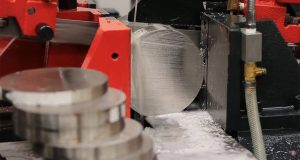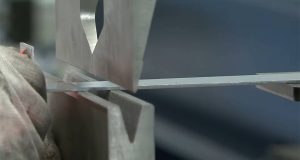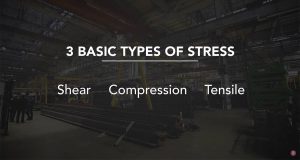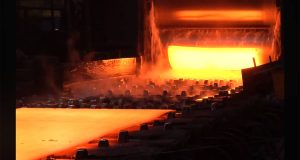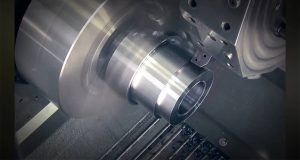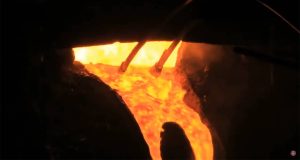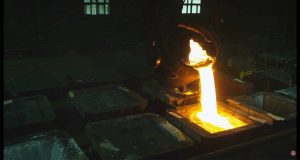Why Blade Strength Matters
Choosing the correct blade for a job isn’t just about tooth count or width it’s also about understanding how a blade handles stress. Shear strength and tensile strength are two key properties that determine how a blade will perform under pressure, whether you’re cutting wood, metal, or composites.
Main Factors to Consider
- Shear strength: resistance to sliding forces
- Tensile strength: resistance to pulling forces
- Material type being cut
- Blade width and thickness
- Cutting speed and feed rate
- Vibration control during cutting
What is Shear Strength?
Shear strength measures how well a blade can resist forces that cause one part of it to slide past another. In cutting, this comes into play during angled cuts, tight curves, or when the workpiece applies uneven pressure to the blade.
Understanding Tensile Strength
Tensile strength determines how much pulling force a blade can take before it stretches or breaks. This is especially important when cutting tough or dense materials, as the tension in the blade is constantly tested.
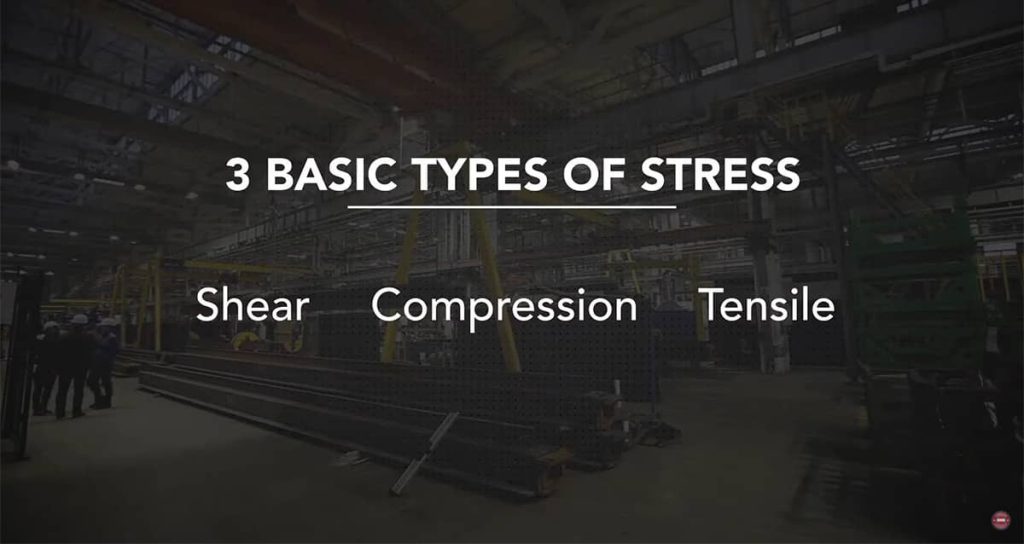
Comparing Strength Properties
| Property | Description | Ideal Use Cases |
|---|---|---|
| Shear Strength | Resists sliding and twisting forces | Curved cuts, angled cuts, pattern work |
| Tensile Strength | Resists pulling forces that stretch the blade | Straight cuts in dense materials |
| Compression Strength | Resists squeezing forces | Cutting thicker stock without deformation |
How These Strengths Affect Blade Selection
A blade with balanced shear and tensile strength will perform reliably across a range of materials and cuts. If your projects involve mostly curves, higher shear strength is preferred. For straight cuts through tough materials, higher tensile strength is essential.
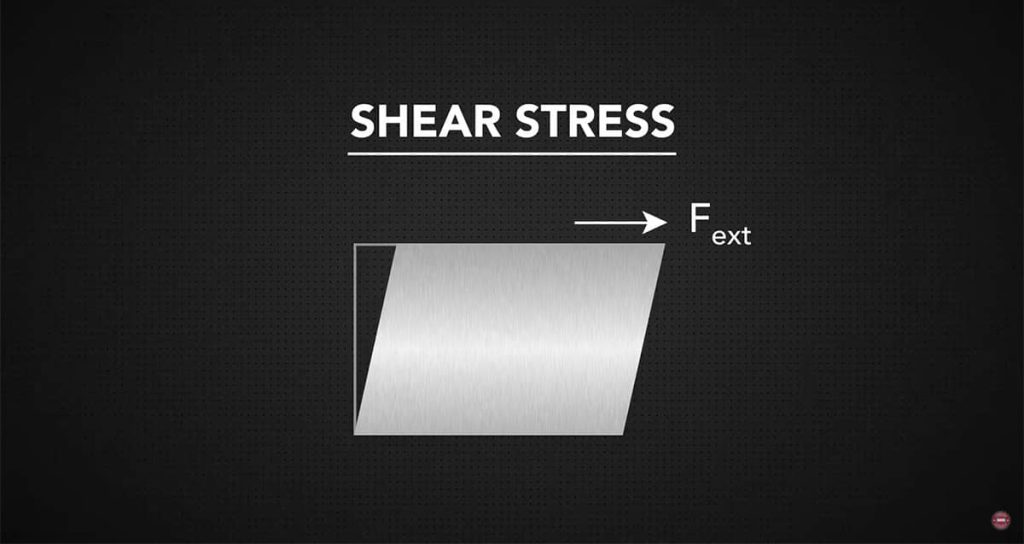
Test Your Knowledge on Material Strength
Think you know the difference between shear, compression, and tensile strength? Put your skills to the test with our interactive quiz at SawbladeUniversity.com. It’s a quick and engaging way to check your understanding and learn more about how these strength types affect cutting performance.
When to Prioritize Shear Strength
- Cutting hardwood patterns
- Making frequent angled cuts
- Working with flexible materials that push against the blade
- Creating tight-radius curves
The Role of Tensile Strength in Cutting
Tensile strength ensures the blade can withstand constant tension without necking or snapping. This becomes important when the work requires continuous straight cuts under high load.
Benefits of Matching Blade Strength to the Job
- Reduced blade wear
- Cleaner, more precise cuts
- Longer tool life
- Less downtime for blade changes
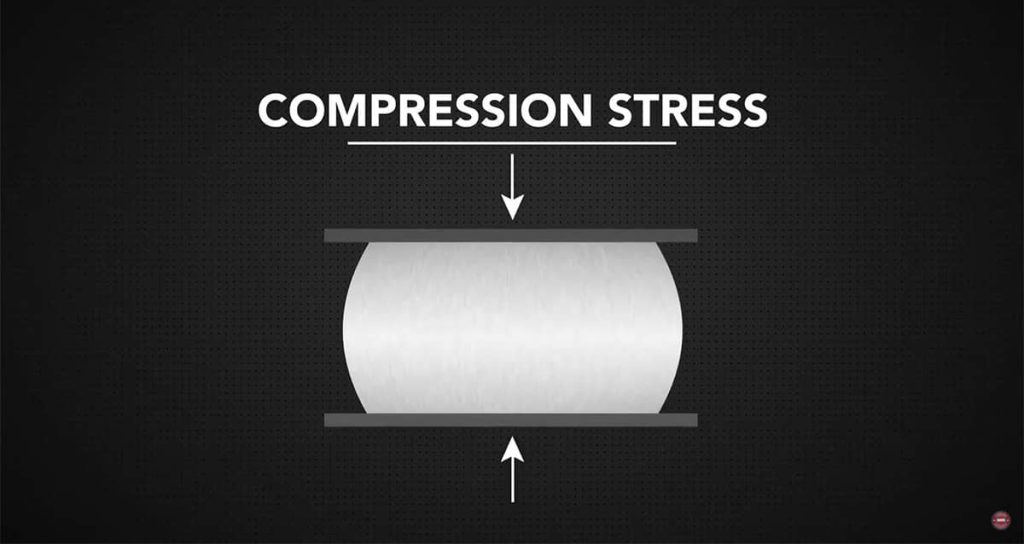
Signs Your Blade May Lack the Right Strength
- Visible bending during cutting
- Rough or uneven cut surfaces
- Frequent blade breakage
- Excessive vibration or noise
Practical Tips for Choosing the Right Blade
- Match blade strength to the most common cut type in your work
- Use manufacturer specifications to compare strength ratings
- Keep blades properly tensioned to maintain performance
- Test different blades on sample material before committing to bulk use
Need Help Deciding Between Saws?
If you’re unsure whether a bandsaw or circular saw is the better fit for your metal cutting needs, our detailed guide has you covered. Bandsaw vs. Circular Saw: Choosing the Right Tool for Metal Cutting breaks down the differences, strengths, and ideal applications of each tool so you can make the best choice for your projects.
By understanding shear and tensile strength, you can make more informed decisions about which blade to use. This knowledge helps ensure your cutting tools deliver reliable, consistent results across all your projects.

